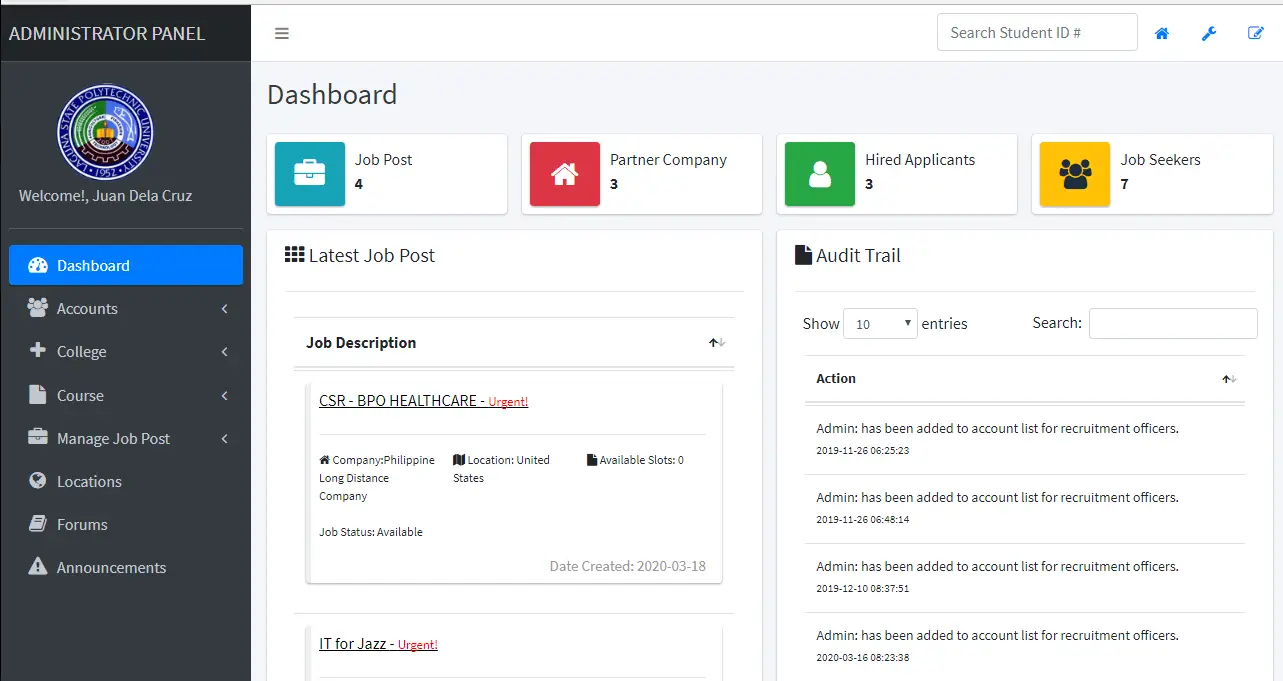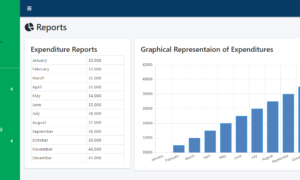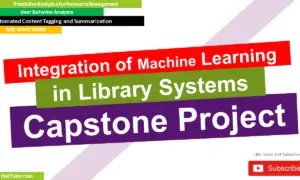Registrar LAN Based Grade Management System
Objectives of the Study
The main purpose of this study was to develop a grade management system that is accurate, fast, and accessible.
Specifically, this study aimed to:
- Minimize the manual system in record-keeping and issuance of student’s grades.
- Eliminate lag time between the submission of grades by subject teachers and the department head to the registrar, thus preventing a delay in submission and issuance of grades.
- Provide a system can be used by the faculty, department head, registrars’ personnel and staff.
- Develop a record services using database system in storing students grades.
Significance of the Study
This study is beneficial to the following:
School Administrators. The study will provide important information that will lead to school administrators in finding ways and means to increasingly rely upon computers and information technology to deliver their services and programs more efficiently.
School Staff. Student’s retrieval of records can easily be accessed. The study will provide an improved method of processing the hundreds of grade reports and distribute them anytime the student needs it.
Faculty. This study will save the faculty effort and will lessen the time of recording the grades in grade sheets.
Students. This study will help lessen the late issuance of grades that can affect the students in many ways including approval of scholarships, delay of graduation, and others.
Researchers. This study will give the researchers a venue to further develop their programming skills. This study will also improve the research and thesis writing skills of the researchers.
Future Researchers. The result of this study will encourage other researchers to conduct further studies in automation to facilitate daily operations and planning in a records and archives of educational institutions.
Scope and Limitation of the Study
The study focused only in the issuance of grades in the Registrar’s office and the system offers more than just a class card function, and encoding of student’s grades. The system will lessen the work especially of those within the registrar’s office because the grades will be stored directly into a database.
The database maintenance focused on adding and deleting user accounts; maintaining and managing table entries of student records, user’s log, and monitoring of user’s activities in the system.
The developed system shall be installed in a central server located at the IT department and will have a back-up server that will serve as secondary storage in case of main server breakdown. The Grade Management System can be accessed by front-end users and back-end users through the school’s Intranet.
The Grade Management System shall be limited to the front-end users such as faculty, department head, registrars’ personnel and staff to access the system; and back-end user such as the system administrator. A user ID and password will be issued to authorized users in order to access their user account in the system.
The features of the system focused on log-in/log-out services, recordkeeping, database maintenance, and help assistant.
Project Plan
On Analysis Phase. In this phase, the researchers studied how the system will work, determine the user’s needs and requirements, and will recommend a solution. This also involves developing estimates for the work to be performed, and defining the plan to perform the work.
On Design Phase. On this phase, process modeling and data modeling was designed by the researchers. Context diagram and data flow diagrams was used to represent the flow of data in the system. Entity Relationship Diagram (ERD) was used as data model for the system.
On Development. The developed system was built in this phase. Activities performed by the researchers were the following: acquire necessary hardware and software, GUI designing, database design, coding, and integration of the modules.
On Testing. After the software was developed, the developed software was tested for potential errors and bugs. The system was evaluated by three (3) IT experts, the developed system was installed, and was made available for user for the user acceptance evaluation.
On Delivery and Maintenance. In this stage, the system is put into service so that the users can now start utilizing the system for their review.


